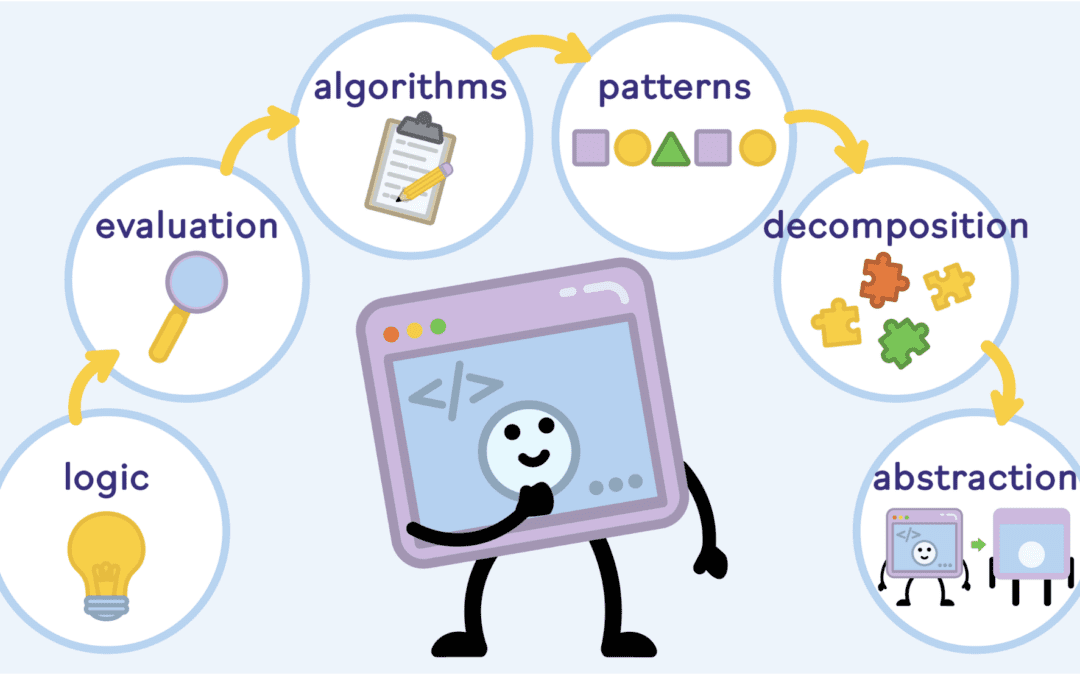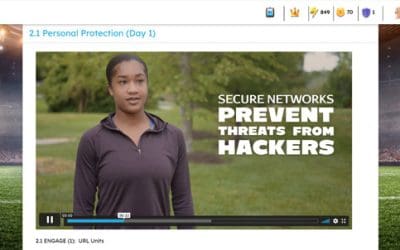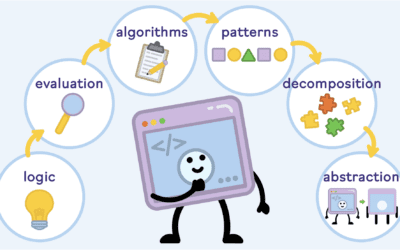Parents and community members across the U.S. are demanding that schools teach kids to code. As a district administrator, you may be wondering where coding should fit into schools’ already-packed curricula.
Learning to code has many benefits beyond career preparation. The younger students get started, the more they’ll benefit from the problem solving and critical thinking skills they develop.
The Best Age to Start Learning to Code
Children develop skills at different rates and in different ways. However, most children can enjoy learning the basics of coding in early elementary school. Block-based lessons help students practice coding concepts even if they’re not ready to type real-world coding languages.
A basic coding curriculum helps young students develop their interests and thinking skills. Later on, they’ll be excited to try more advanced coding activities. They’ll also be able to use the computational thinking skills they’ve developed to succeed in other school subjects.
How Do Younger Students Benefit From Coding Lessons?
Even if your students don’t eventually go into technology careers, they’ll still benefit from coding lessons. Coding helps students develop important skills that will help them in nearly any pursuit. Here are just a few ways they can benefit from a coding curriculum:
- Coding teaches problem-solving skills. Coding is all about problem-solving. Whether kids are using a curriculum, playing a coding game, or creating their own projects, they’ll need to think about how to create their desired end result. They’ll also need to debug any issues that pop up in their code.
- Coding teaches critical thinking skills. Coding practice uses the same patterns and processes as critical thinking. Coders have to think through complex issues, ask questions, analyze the situation, and come up with a system to solve the problems they face.
- Coding encourages students to develop social and emotional skills. This one might seem counterintuitive, but coding in today’s world is rarely a solitary pursuit. Coding projects often involve collaboration and plenty of communication.
- Coding lessons help reduce the STEM gap. Many jobs today require some level of coding ability, including jobs outside of traditional STEM fields. Knowing how to code will give the next generation a leg up in career fields like healthcare, finance, manufacturing, and even design.
- Coding helps students develop confidence. School lessons don’t always have an obvious impact on students’ lives. It may not be clear to students that they’re becoming more capable in the real world as a result of their learning. By contrast, coding lessons produce tangible results. Students can see how their learning produces something fun or functional — and see that they are capable of tackling real-life challenges.
How Yeti Code Gets Kids Excited to Learn to Code
Yeti Code teaches students to code in a fun, interactive snow mountain environment. Our Yeti character finds himself in unique snowy predicaments, and students help him get out with their coding skills.
In Yeti Code Level 1, students learn about loops, functions, parameters, and more. They use our unique code palette at first, then hide the code palette as they become more advanced. This course is aimed at grades 2-4 and older students who are trying out coding for the first time.
In Yeti Code Level 2 (included with Yeti Premium), students learn more intermediate Javascript concepts and solve more complex problems. We teach conditional statements, nested loops, and more complex algorithms. We also include plenty of single- and multiplayer coding games to keep things fun!
You can try out Yeti Code Level 1 with a limited number of students using a free account. We make teaching code easy with a fun, interactive approach to learning.










